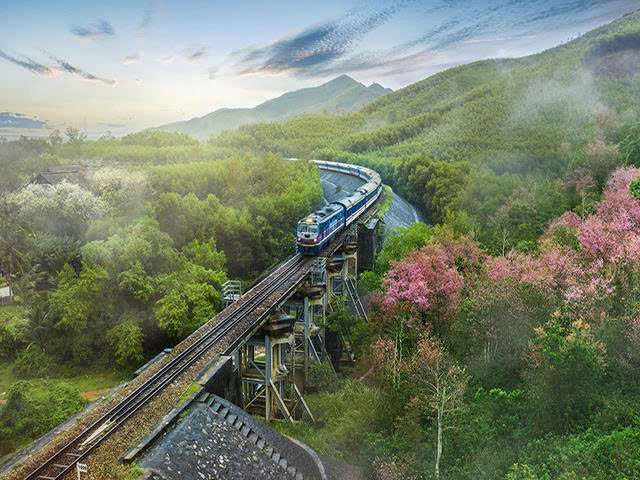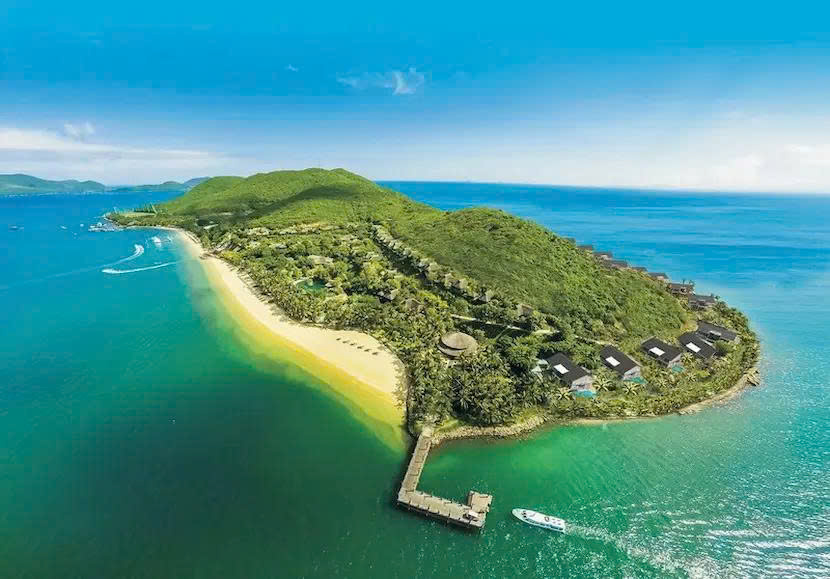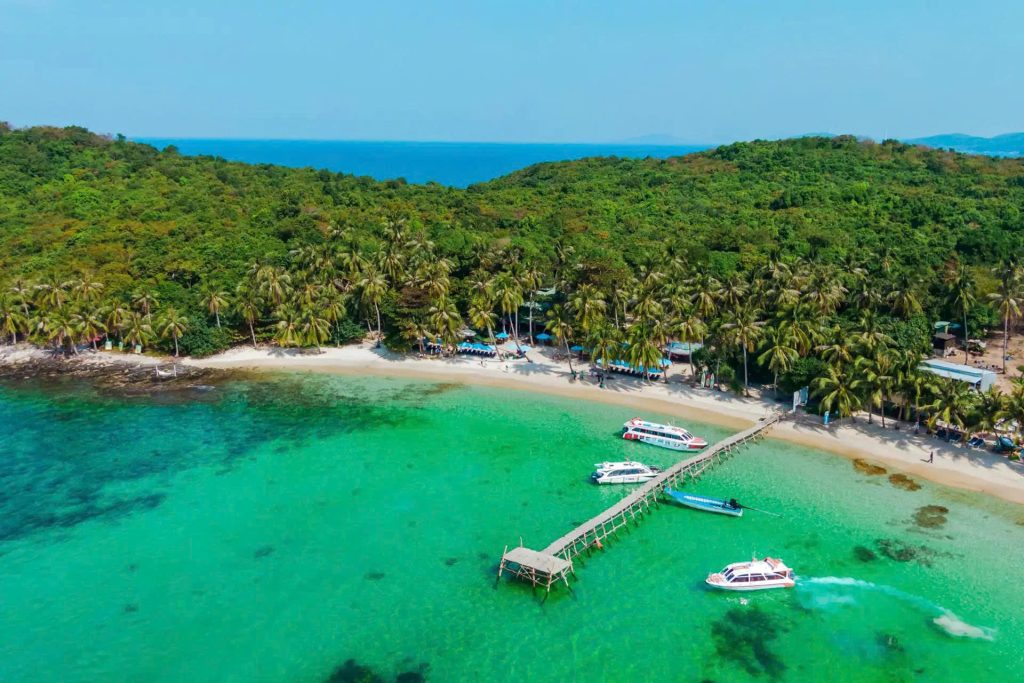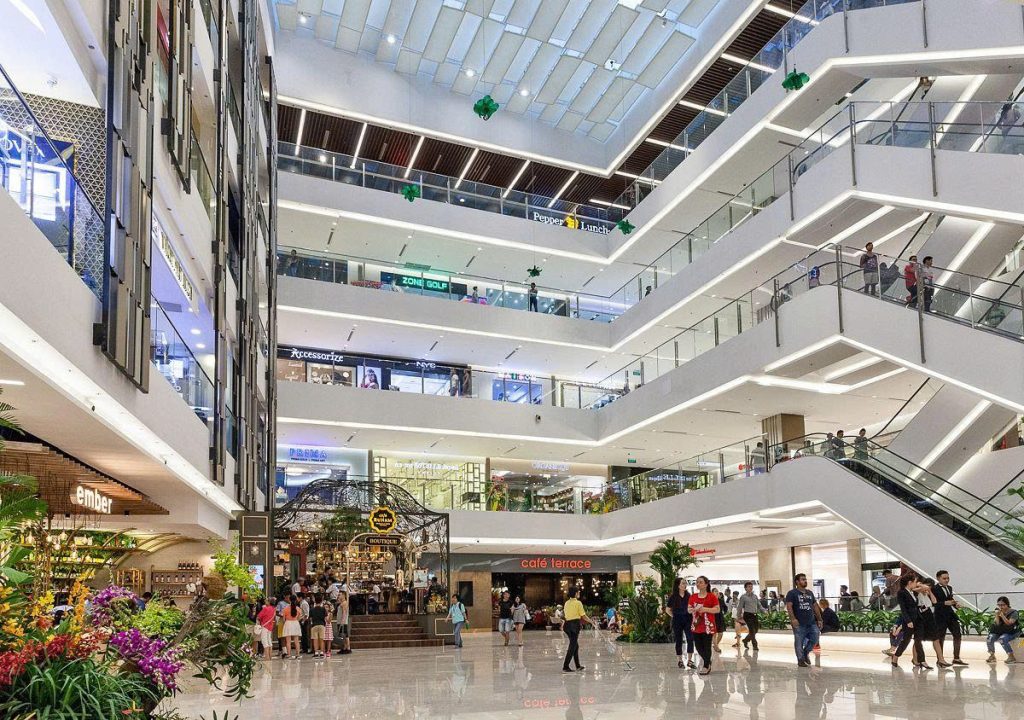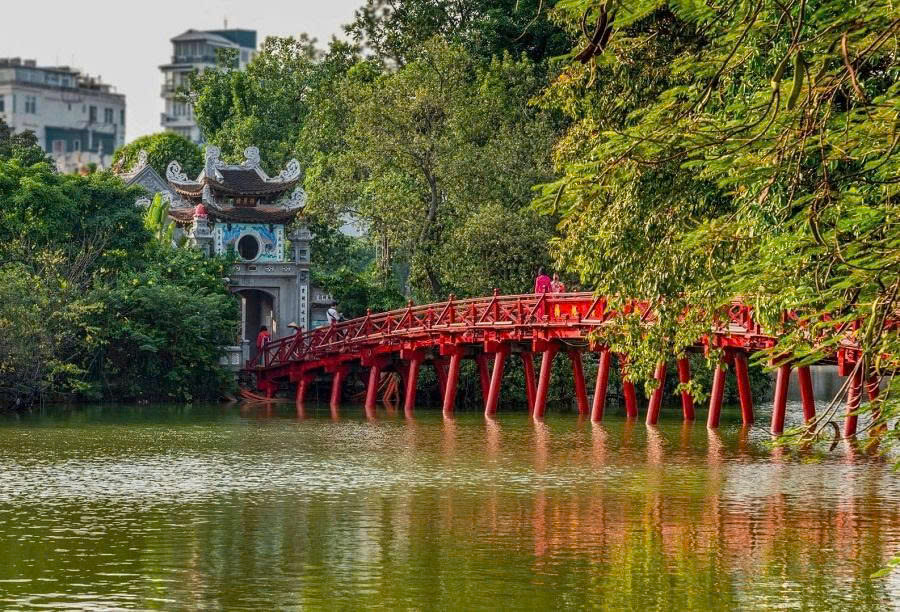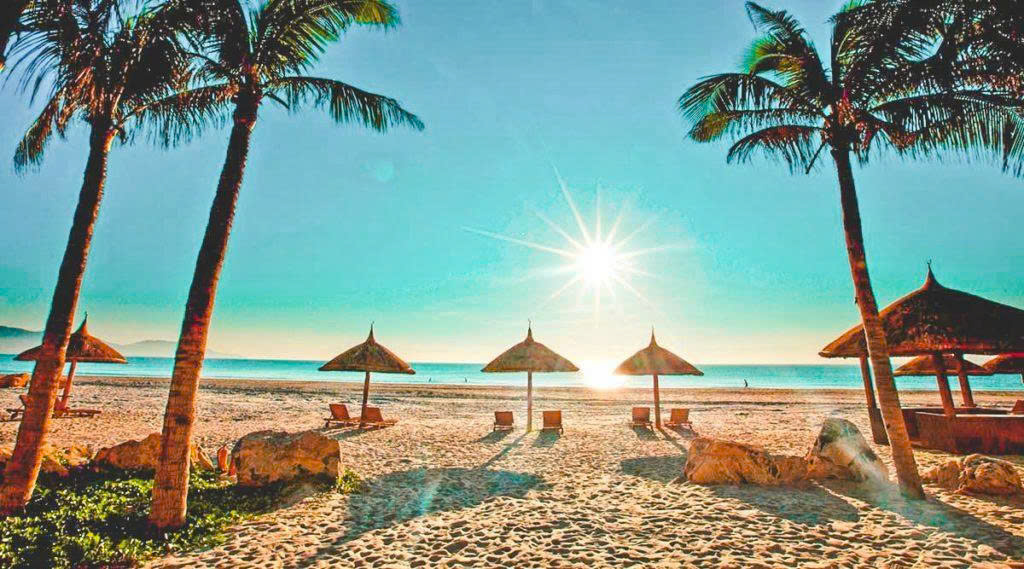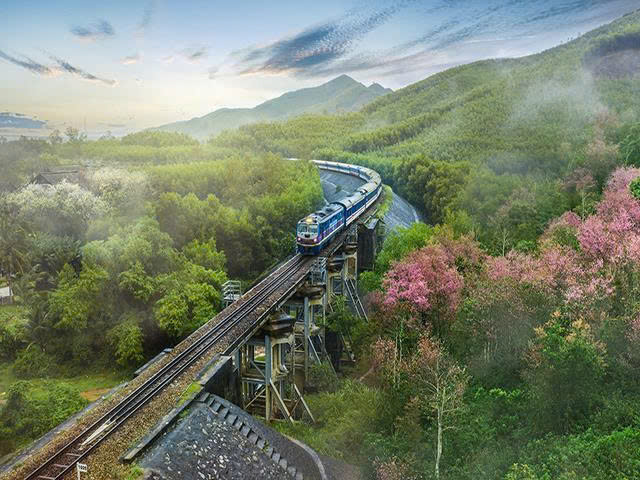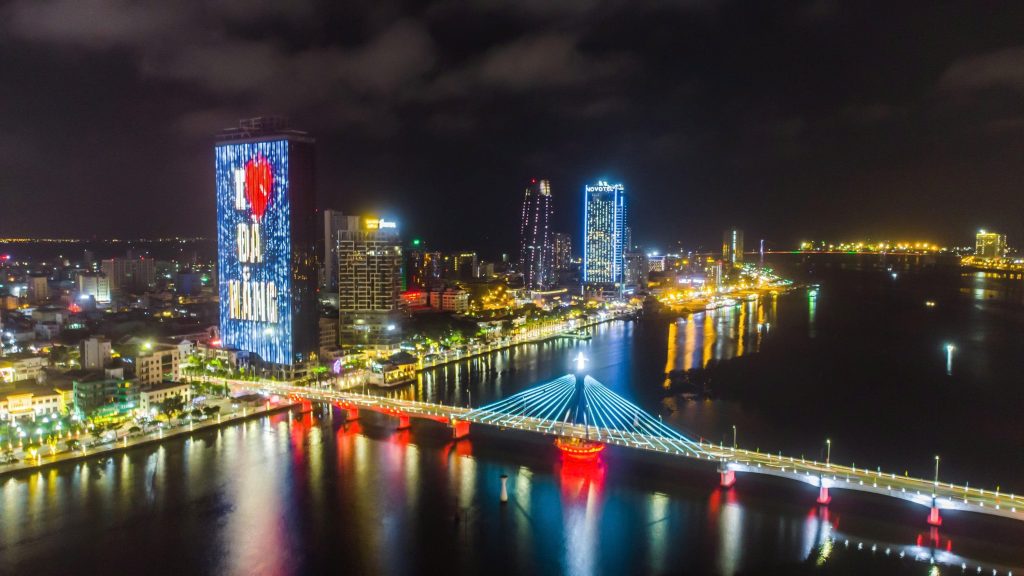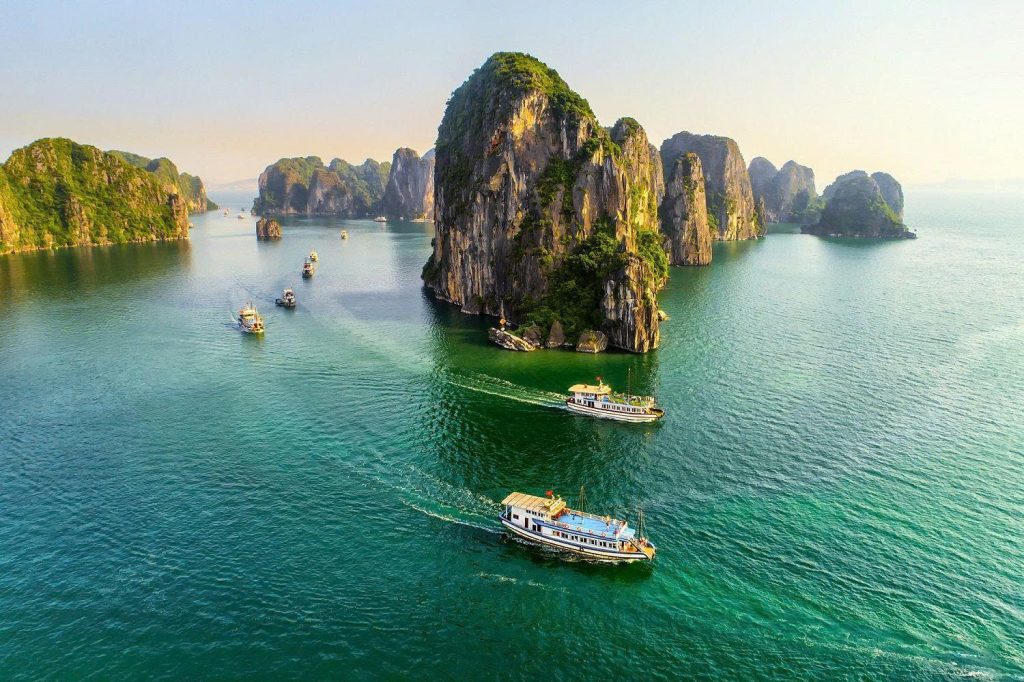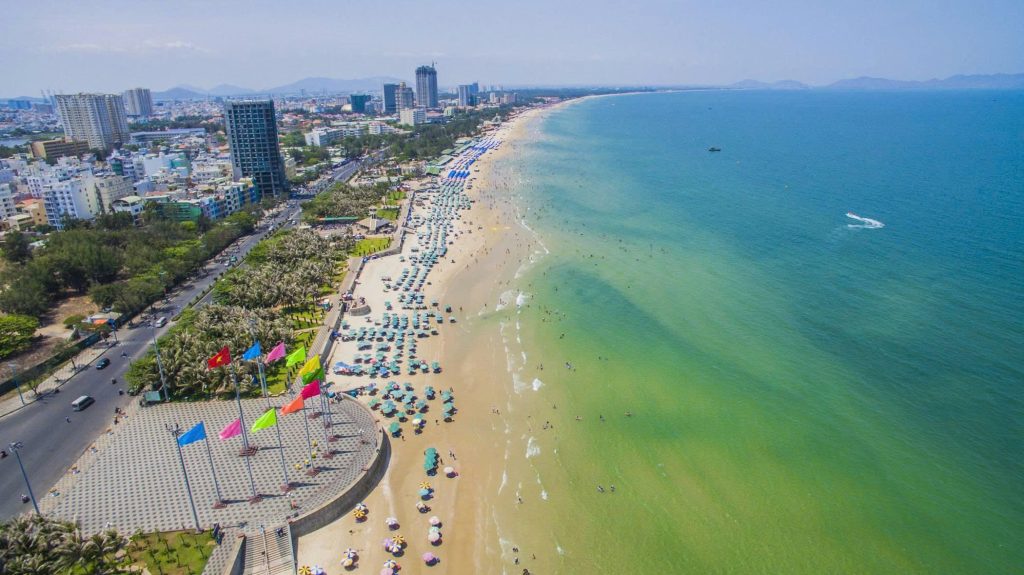Choosing between Halong Bay vs Lan Ha Bay for your cruise is the single most important decision when planning your trip to Northern Vietnam. This is not a choice between two similar destinations; it is a fundamental divergence in travel philosophy. While both bays share the iconic, breathtaking geology that defines this UNESCO-recognized region, the experience, atmosphere, and quality of solitude they offer are profoundly different.
We move beyond simple surface-level facts to offer a rigorous head-to-head comparison, dissecting the logistics, fleet quality, crowd dynamics, and environmental vibe of each area. By directly addressing the core of your query—the need for a conclusive choice—this resource serves as the essential navigational tool to ensure your voyage through Northern Vietnam’s magnificent seascape is not just memorable, but perfectly tailored to your personal desire for luxury, tranquility, or iconic sightseeing.
1. Decoding the Twin Bays’ Identities
To truly make an informed and discerning choice between these two incredible destinations, the traveler must first transcend the general perception and acquire a foundational understanding of the geographical reality and the complex administrative boundaries that govern the respective cruise routes. The shared geology often masks a fundamental division in regulatory jurisdiction and tourism management philosophies, which profoundly impacts the visitor experience.
Halong Bay: The Legendary UNESCO Icon and Global Benchmark
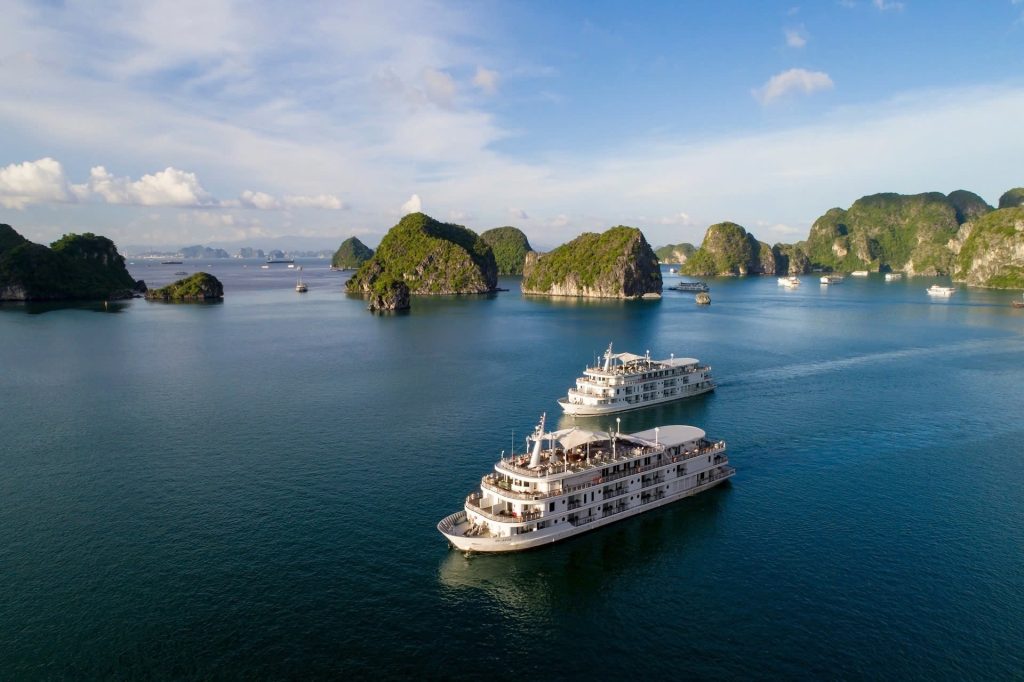
Halong Bay is not merely a destination; it is a global entity, a name synonymous with Vietnam’s natural grandeur.
- Location and Administrative Control: This expansive body of water is primarily situated within the boundaries of the Quang Ninh Province, which has historically invested heavily in developing the region’s tourism infrastructure.
- Status and Recognition: Halong Bay proudly holds the distinction of being the original and most famous UNESCO World Heritage Site. It was officially recognized for its outstanding universal value in 1994, establishing its reputation as the benchmark for karst seascapes worldwide.
- Vibe and Visitor Dynamics: By virtue of its fame and accessibility, the Vibe is historically the busiest, most established, and most recognized cruise destination. Its key features—such as the panoramic viewing platforms of Titop Island and the colossal chambers of Sung Sot Cave (Surprise Cave)—are undoubtedly iconic but, due to their popularity, they are frequently crowded. The high volume of tourist traffic requires a willingness to navigate congestion, particularly during peak travel seasons.
RELATED: How to Get from Hanoi to Halong Bay: Your Comprehensive Guide
Lan Ha Bay: The Protected Southern Extension and Retreat

Lan Ha Bay represents the evolution of Halong Bay tourism—a quieter, greener alternative that capitalizes on a different administrative approach.
- Location and Administrative Control: Geographically located immediately south of Halong Bay, this area elegantly wraps around the islands of the Cat Ba Archipelago and falls under the stringent administration of Hai Phong City.
- Status and Natural Value: While it is technically and geologically an integral part of the larger Halong Bay complex, it is managed independently. Crucially, its proximity offers direct and unparalleled access to the sprawling Cat Ba National Park, serving as a critical LSI entity and a major draw for ecologically minded travelers.
- Vibe and Exclusivity: The resulting Vibe is dictated by deliberate policy. Due to stricter cruise licensing and severely limited vessel numbers imposed by Hai Phong authorities, Lan Ha Bay is renowned for being significantly less touristy and profoundly more tranquil. This regulatory environment fosters a genuine feeling of seclusion and allows for a truly pristine and intimate engagement with the natural landscape.
The Key Difference: Cruise Licensing, Traffic Density, and Quality Assurance

The fundamental distinction between the two bays is not geological, but regulatory. This disparity in cruise licensing protocols creates two vastly different experiences:
- Halong Bay’s Traditional Routes: These are heavily licensed, resulting in a high density of vessels, which in turn leads to congestion at anchorages, reduced privacy, and increased environmental pressure on the most famous locations.
- Lan Ha Bay’s Exclusive Approach: Conversely, Hai Phong’s decision to issue limited licenses has had a transformative effect. This exclusivity has actively prompted newer, higher-end cruise operators to abandon the congested Halong routes and establish their operations here. This strategic shift effectively drives up the quality of service and ensures the modernity of the fleet, offering travelers a premium experience defined by reduced crowds and enhanced privacy. The choice between the two is therefore a choice between scale and serenity.
RELATED: Halong Bay Overnight Cruise Tips
2. Head-to-Head Deep Dive: 10 Critical Deciding Factors
We now dissect the experience across ten vital factors that will determine which cruise offers your “perfect experience.”
The Scenery and Landscape: Emerald vs. Iconic
| Factor | Halong Bay | Lan Ha Bay |
| Karst Appearance | More numerous, often starker rock formations rising vertically. | Fewer in number but often greener, covered in thick vegetation due to proximity to Cat Ba. |
| Vibe and Atmosphere | Grand, majestic, but can feel commercialized near main attractions. | Intimate, peaceful, and pristine; the water often appears clearer. |
| Photo | Classic, world-famous shots (e.g., Kissing Rock, Titop viewpoint). | Unique, less-seen vistas; opportunities for shots without other cruise ships in the background. |
RELATED: Best Time to Visit Ha Long Bay for Clear Skies
Crowd Levels and Tranquility: The Defining Factor for Seclusion
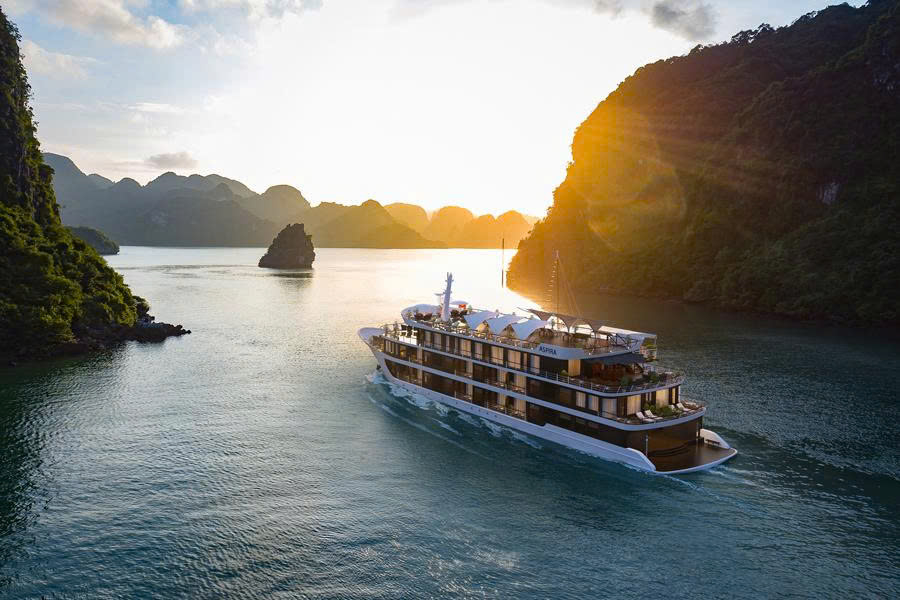
For many travelers, the ultimate goal of a cruise through this ethereal landscape is achieving a sense of genuine escape and communion with nature. Therefore, the issue of crowd density often becomes the single most important criterion in the decision-making process. This difference is stark and immediately noticeable:
Halong Bay: High Traffic and the Reality of Congestion
- Traffic Volume: Despite its massive geographical size, the traditional cruise routes in Halong Bay are highly concentrated and subject to High Traffic volumes. The licensing structure has historically favored a large number of operators, leading to tightly clustered anchorages and vessels often navigating similar paths.
- The Sightseeing Experience: At famous LSI entities like Sung Sot Cave (Surprise Cave) or the ascent to the viewpoint on Titop Island, visitors must frequently contend with long queues and a lack of personal space. This level of congestion can significantly undermine the feeling of peace and natural wonder that travelers seek, turning a majestic natural experience into a high-volume tourist itinerary.
- The Vibe: While magnificent, the atmosphere can feel rushed and commercialized, particularly during the peak tourism season. If avoiding crowds is paramount, the traditional Halong Bay route presents a substantial risk of disappointment.
Lan Ha Bay: Low Traffic and Guaranteed Serenity
- The Principle of Exclusivity: Cruise operators in Lan Ha Bay actively emphasize exclusivity and tranquility. The key difference is regulatory: Hai Phong City has imposed strict limits on the number of vessels permitted to operate within its waters.
- The Private Experience: This scarcity translates directly into a Low Traffic environment. Kayaking and swimming spots in Lan Ha, such as the secluded coves near the Dark and Bright Cave or the stunning Ba Trai Dao Beach, feel genuinely private and serene. It is here that one can truly enjoy the quiet lapping of the water against the karsts without the constant sight of neighboring ships.
- The Vibe: The atmosphere is markedly more peaceful and intimate, appealing directly to couples, honeymooners, and travelers specifically seeking a tranquil or private experience away from the tourist rush.
Cruise Fleet and Quality of Vessel: Modernity vs. Diversity
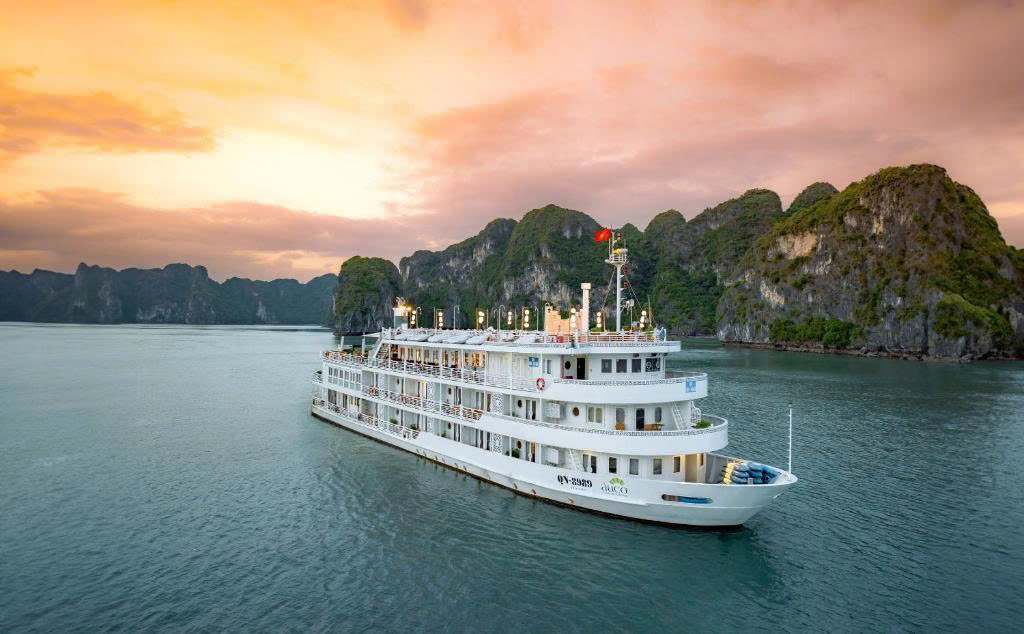
The quality and age of the vessel are inextricably linked to safety, comfort, and the overall luxury quotient of your cruise. This criterion reveals a clear trend favoring the newer route.
Halong Bay: Diverse Fleet with Inconsistent Quality
- Diversity and Range: Halong Bay boasts a highly diverse fleet, encompassing everything from charming, older traditional junk boats to modern, newly built 5-star vessels. This variety provides the widest range of options across all budget levels.
- The Inconsistency Risk: However, this diversity can lead to quality inconsistency. While top luxury brands operate here, budget and mid-range options often utilize older vessels with fewer amenities and older safety features. Travelers seeking the highest assurance of modernity must carefully vet the age of the ship to avoid older vessels. The focus is often on high capacity to match the high traffic.
RELATED: Halong Bay Cruise: Overnight vs. Day Trip – Best for Your Vietnam Trip
Lan Ha Bay: Modernity as the Baseline Standard
- The Luxury Mandate: When considering the luxury cruise Halong Bay or Lan Ha Bay comparison, the latter frequently emerges as the winner based on modernity. The shift to Lan Ha Bay was largely driven by newer, premium operators who sought a pristine canvas for their high-quality ships.
- Fleet Age and Features: The majority of operators run a demonstrably new, modern, and luxury-focused fleet. Many ships are under five years old, designed from the outset with contemporary safety standards, sustainable designs, state-of-the-art amenities, and notably larger cabin spaces.
- Quality Assurance: This ensures that the baseline quality for any cruise operating the Lan Ha route is generally higher. Choosing Lan Ha offers a higher probability of securing a vessel built recently, guaranteeing a superior level of comfort and modern reliability for the duration of your voyage.
Itineraries and Onboard Activities
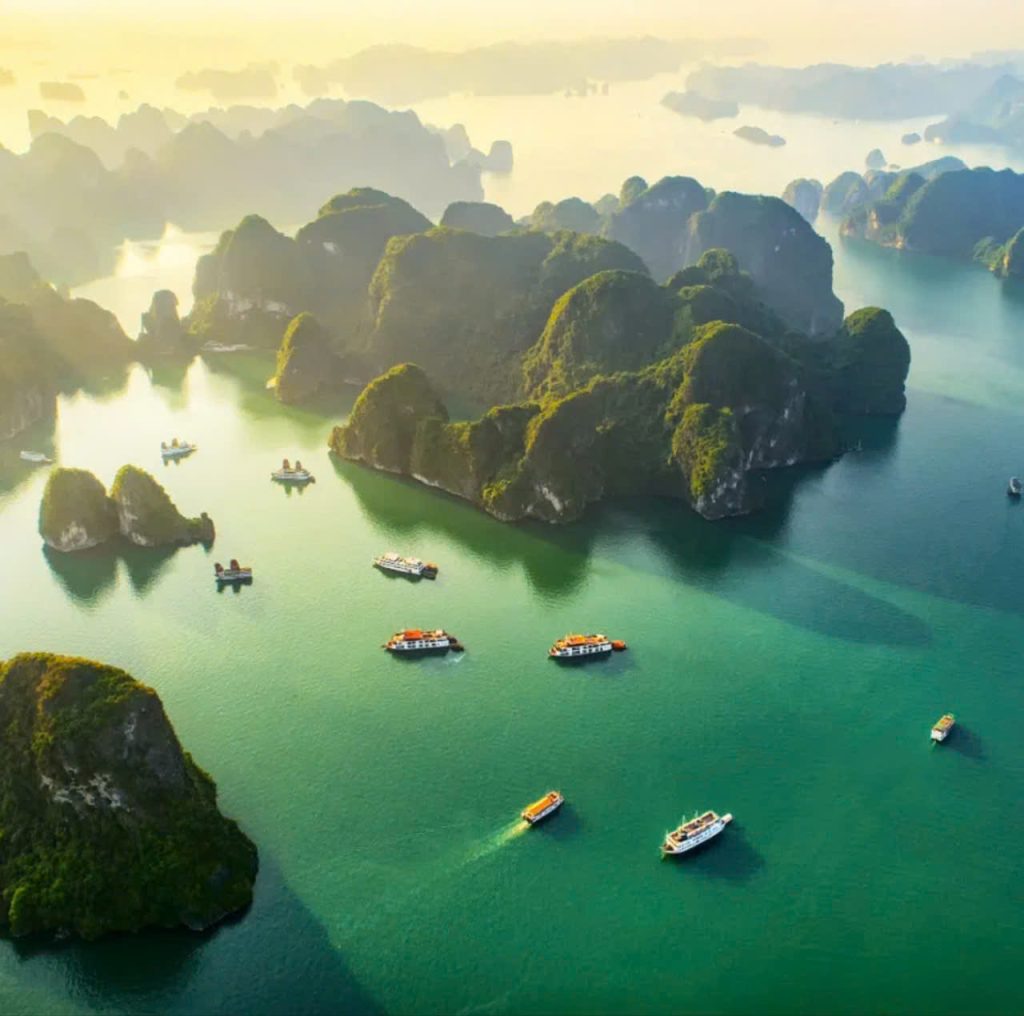
The structure of the tour dictates your experience.
| Itinerary Focus | Halong Bay | Lan Ha Bay |
| Primary Goal | Sightseeing and Landmarks. | Experience and Nature Immersion. |
| Kayaking/Swimming | Limited time, often in crowded, designated areas. | Extended time, with better, cleaner, and less-crowded lagoons (e.g., Dark and Bright Cave area). |
| Unique Activities | Climbing Titop Island viewpoint. | Cycling or trekking in Viet Hai Village on Cat Ba Island (unique land-based experience). |
RELATED: Hanoi Travel Guide: Discover Vietnam’s Ancient Heart
Pricing and Value Proposition: Analyzing Cost vs. Experience
When travelers are performing a price comparison 2-day 1-night cruise Halong vs Lan Ha, it is essential to look beyond the initial cost and assess the value proposition delivered by each bay.
Halong Bay: Cost Efficiency and Wide Range
- Entry-Level Advantage: Halong Bay offers the most accessible entry point for budget-conscious travelers. Due to the high number of competing vessels and established operators, there is an abundance of options across mid-range and budget segments. This makes Halong Bay demonstrably the most budget-friendly at the entry level, providing great deals for generalized packages.
- Value Calculation: The core value here is sheer accessibility and the ability to see the UNESCO landmarks at the lowest possible cost, even if it means sacrificing some degree of privacy or modernity.
Lan Ha Bay: Premium Cost, Elevated Value
- Higher Average Price: The average starting price for a cruise in Lan Ha Bay is generally higher. This premium reflects the cost of operating newer, higher-standard ships and the reduced capacity mandated by strict licensing.
- The Marginal Price Difference at Luxury Tier: Crucially, for those specifically seeking a 5-star luxury cruise, the price difference between the top-tier Lan Ha vessels and the equivalent Halong Bay vessels often becomes marginal.
- Superior Value Proposition: The value proposition for this higher or equivalent price point is significant: it buys you guaranteed reduced crowds, a modern fleet, superior tranquility, and a significantly more efficient transfer from Hanoi. Here, the premium is paid for the experience of seclusion rather than just the service on board.
RELATED: Kayaking in Lan Ha Bay: 7 Unforgettable Experiences
Logistics: Departure Ports and Transfer Efficiency
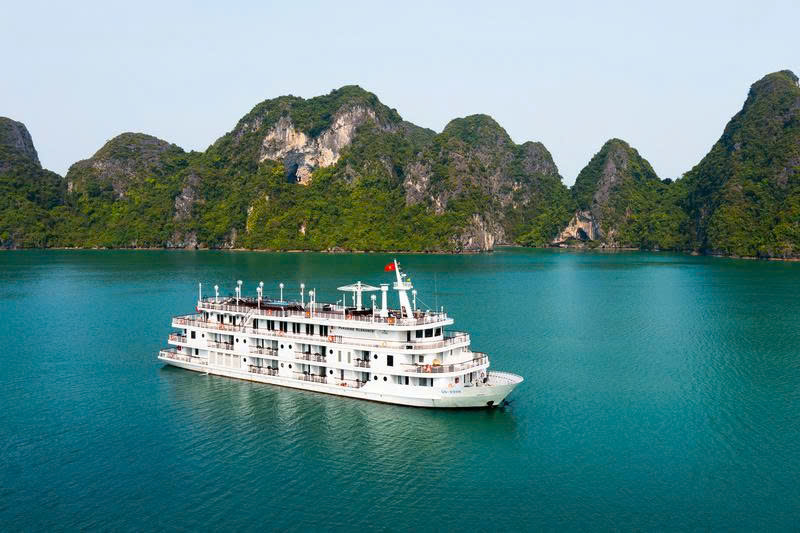
The journey to the cruise port—the ground transfer—is a frequently overlooked component of the “perfect experience.” Efficiency in logistics directly translates to less stress and more holiday time.
Halong Bay: The Traditional Route and Traffic Risk
- Departure Port: Cruises historically depart from the massive Tuan Chau International Port in Halong City (Quang Ninh Province).
- Transfer Reality: The standard journey from Hanoi often takes between 3 to 3.5 hours. While infrastructure has improved, routes can still be prone to slowdowns and congestion, particularly nearing the bay area or during holiday periods, potentially adding stress and wasted travel time.
Lan Ha Bay: The Expressway Advantage
- Departure Port: Cruises serving Lan Ha Bay depart from Got Pier (Bến Phà Gót) on Cat Hai Island in Hai Phong City.
- Transfer Efficiency: This route utilizes the highly efficient and modern Hanoi-Hai Phong Expressway. Consequently, the transfer time is dramatically reduced, often clocking in between 1.5 to 2 hours. This saves travelers a minimum of one to two hours of valuable holiday time round-trip. This faster transfer conclusively addresses the long-tail keyword: Does a Halong Lan Ha cruise include transfer from Hanoi? (Yes, and the transfer is significantly faster and more direct to Got Pier). Lan Ha offers superior logistics efficiency.
The Cat Ba Island Connection: Combining Sea and Land Exploration

The geographical relationship to Cat Ba Island creates a fundamental difference in itinerary possibilities.
- Lan Ha Bay’s Advantage: Lan Ha Bay acts as the maritime gateway to Cat Ba National Park, and the largest island in the archipelago. This proximity is a major draw for active and adventurous travelers. Most extended 3-day 2-night itineraries include dedicated time for land-based activities such as trekking through the National Park, cycling in Viet Hai Village, or exploring the island’s caves. This offers a refreshing and rich break from continuous water-based travel, significantly enhancing the adventurous appeal.
- Halong Bay’s Limitation: Halong Bay itineraries are primarily focused on karst formations and major caves. Excursions typically remain centered around small, designated islands like Titop, with little to no opportunity for extensive land interaction or deep exploration of large, ecologically significant landmasses.
RELATED: Discover Halong Bay: Top Things to Do
Suitability for Families and Couples: Matching Vibe to Traveler Profile
The choice of bay should align with the desired intimacy level and traveler composition.
- Families (with Young Children): Lan Ha Bay is often the winner. The prevalence of newer ships (as discussed in Section 3) generally means adherence to higher, more modern safety and sustainability standards. The quieter, less-crowded itinerary fosters a more relaxed and manageable environment for children and reduces the stress of navigating large groups.
- Couples/Honeymooners: For travelers prioritizing romance and privacy, Lan Ha Bay is highly recommended. Its inherent low traffic and focus on exclusive experiences create a more intimate, tranquil setting, making it ideal for a romantic, private experience and significantly enhancing the honeymoon atmosphere. Halong Bay, conversely, is better suited for friend groups or multi-generational family tours where crowd avoidance is less critical.
Future Outlook and Environmental Impact

Hai Phong’s administration has focused on sustainable tourism and strict adherence to environmental regulations in Lan Ha Bay. As regulatory pressure increases on the main Halong Bay area to manage mass tourism, the quieter Lan Ha route is generally seen as the more environmentally conscious and stable choice for a pristine experience going forward.
The 3-Day 2-Night Itinerary
For the traveler who finds themselves torn between the iconic grandeur of Halong Bay and the exclusive serenity of Lan Ha Bay—a dilemma often faced after reviewing the stark differences—the 3-day 2-night cruise emerges as the singular, optimal, and most comprehensive solution. This extended duration transforms the voyage from a hurried tour into a truly immersive exploration.
Maximizing Immersion and Mitigating Crowds
- The Best-of-Both-Worlds Design: These longer routes are meticulously designed to capitalize on the advantages of both bays while skillfully mitigating the disadvantages. The itinerary typically dedicates the majority of its time (Day 1 and Day 2) to navigating the quieter, less-trafficked anchorages, lagoons, and kayaking spots within Lan Ha Bay. This satisfies the traveler’s desire for tranquility, pristine water quality, and active immersion.
- Fringe Exploration of Halong: The itinerary then utilizes the longer cruising time to venture into the major sights located on the fringes of Halong Bay—often in the early morning or late afternoon—or to view the famous formations from a distance. This allows travelers to appreciate the iconic beauty of the UNESCO-recognized karsts without having to endure the extreme congestion of the inner, highly concentrated Halong Bay tourist hubs.
Enhanced Experiential Depth
- Unlocking Deeper Activities: The extra day allows cruise lines to offer richer, deeper experiences that are impossible on a compressed 2D1N schedule. This often includes spending dedicated time in Cat Ba National Park (for trekking or cycling in Viet Hai Village), comprehensive kayaking, extended swimming time in secluded coves, and the opportunity for leisurely activities like sunset Tai Chi or onboard cooking classes.
- A Rhythm of Relaxation: Crucially, the 3-day 2-night schedule allows the cruise to adopt a slower, more relaxed rhythm. Passengers feel less rushed from one activity to the next, enhancing the feeling of a true, luxurious getaway rather than a checklist tour. For the traveler who “cannot choose,” this route successfully marries the visibility of the Iconic Classic with the experiential superiority of the Tranquil Modern, providing the most comprehensive value proposition.
For travelers who have the time and cannot choose, the 3-day 2-night cruise is the optimal solution. These extended routes are designed to navigate the quieter areas of Lan Ha Bay and then venture into the major sights on the fringes of Halong Bay, providing the best of both worlds without the extreme crowds of the inner Halong Bay.
RELATED: How to Book a Private Halong Bay Yacht Tour: Pricing & Booking
3. Final Verdict: Who Should Choose What
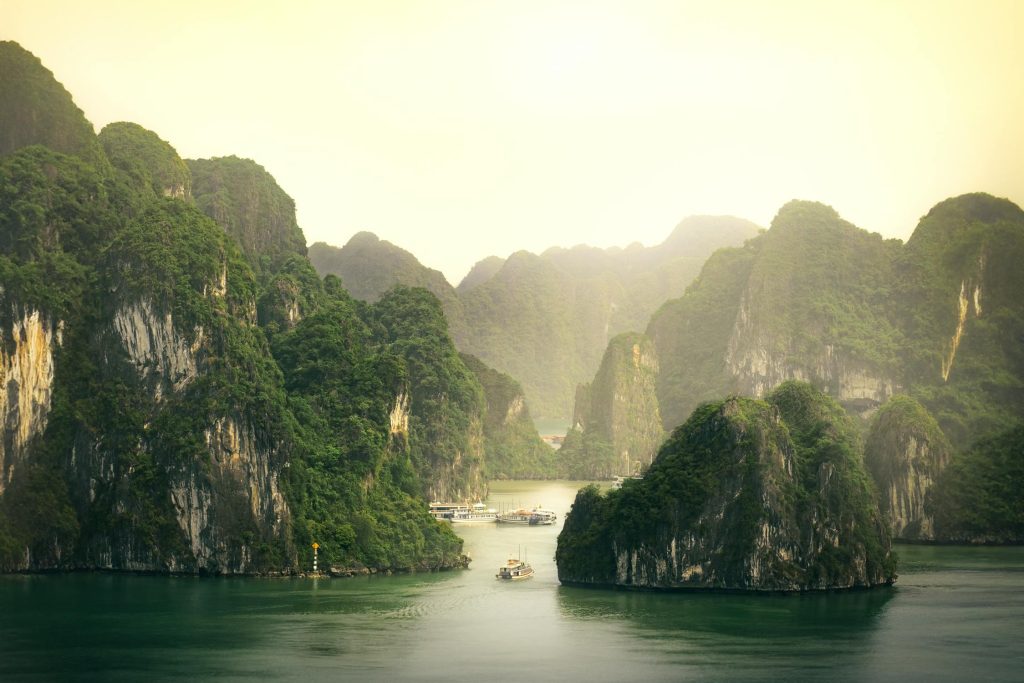
This definitive guide helps answer the core search query by matching your traveler profile to the most suitable cruise destination.
Choose Halong Bay If Your Priority Is…
- The Bucket List Checkmark: You must see the most famous, iconic UNESCO World Heritage sites like Kissing Rock and Titop Island.
- Cost Efficiency: Your primary concern is finding the most competitive price, and you are willing to compromise on the level of crowd or the age of the vessel.
- Traditional Experience: You prefer a more established, historical cruise route, reflecting the classic Vietnamese tourist path.
RELATED: Hotels Near Halong Bay: Find Your Perfect Stay
Choose Lan Ha Bay If Your Priority Is…
- Exclusive Tranquility: You are willing to pay a premium for a quiet, less crowded journey with pristine swimming and kayaking areas.
- Modern Luxury and Quality: You demand a modern, high-standard, often 5-star vessel with superior amenities and service.
- Active and Nature-Focused: You want to combine your cruise with cycling, trekking in Cat Ba National Park, and maximizing water-based activities.
- Efficiency: You value the faster transfer from Hanoi and a quicker start to your holiday.
RELATED: Ho Chi Minh City Guide 2026: Culture, Food & Nightlife
The choice between Ha Long vs Lan Ha Bay is ultimately a choice between the Iconic Classic and the Tranquil Modern. By understanding these key differences, you are now equipped to choose the cruise that truly defines your “perfect experience.”
- Vietnam Travel Guide: Visa, Costs & Essential Tips 2026
- Top 15 Essential Things to Do in Laos: Ultimate Travel Guide
- 10-Day Northern Vietnam Itinerary: Hanoi, Sapa, Halong Bay & More
- Demilitarized Zone (DMZ) Tour Vietnam: A Journey into History
- Top Hiking Trails in Northern Vietnam: Your Ultimate Guide



